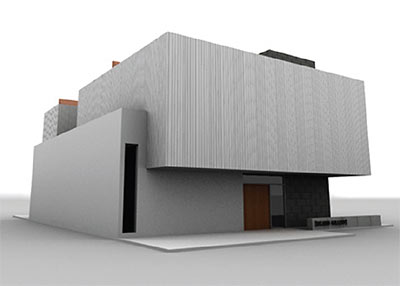
Construction on the new 2-story, 5,200-sq.-ft. Sicardi Gallery was supposed to start last year, but architect Fernando Brave says the project was delayed after the owner decided she wanted the new building to be LEED-certified. New target for construction to begin: this summer.
That’ll be charcoal-colored zinc and masonry on the exterior. Inside, there’ll be three connected gallery spaces, and a library upstairs. Two large light wells included in the design were recently axed in favor of more display space. The parking lot will be in front.
***
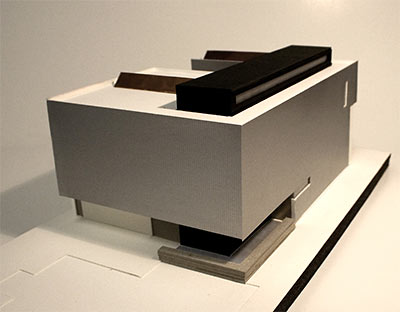
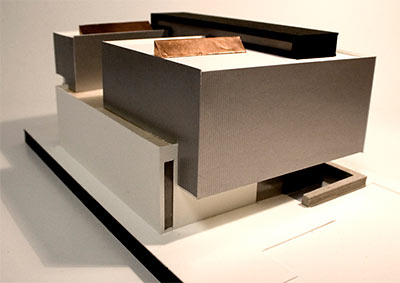
Brave was the designer of the white-stucco DeSantos Gallery on Richmond near Dunlavy, which is just a few blocks east of the current Sicardi Gallery. Owner Maria Ines Sicardi leases that space from McClain Gallery owner Robert McClain.
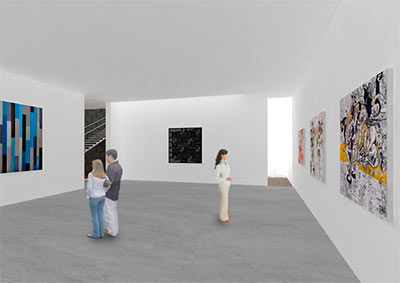
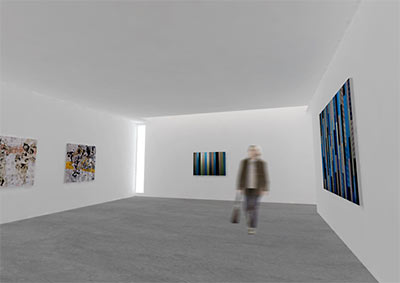
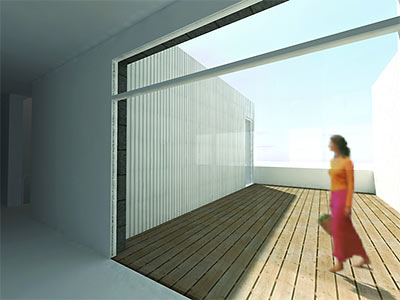
The site for the new building, cleared of a small converted house, is almost catty-corner from the Houston Center for Photography on W. Alabama, and directly across the street from the Menil parking lot. And it may have a new LEED-certified neighbor: An office for another small architecture firm is being designed for the lot next door, at the corner of Mulberry.
- Houston Museum Scene Still Growing [Brave Architecture]
- Sicardi Gallery
- Brave Architecture
Images: BRAVE / Architecture





Whilst I think the goals of the LEED certification program are honorable it runs the danger of becoming talking the talk rather than walking the walk.
From what I understand the current program requires buildings anywhere in the nation to achieve the certification. This doesn’t at all take into account the fact that our climate varies enormously across the nation. Thus a building in Las Vegas has to include the same rainwater capture and reuse systems as one in Houston in order to be certified. In what way is it environmentally responsible to spend an enormous amount of time, money and materials building rainwater capture systems that will never be used.
In the same way (and here I have to say I know nothing about this project) how environmentally concious is it to remove light wells that presumably would have allowed better use of natural light rather than requiring increased electric lighting? But yay, we got LEED certified so we must be environmentally friendly.